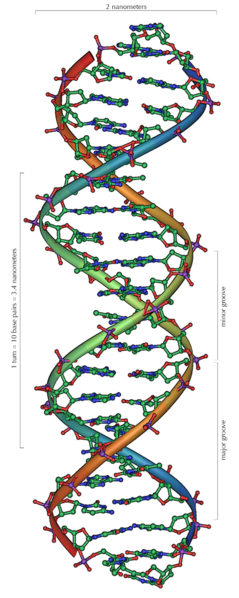MEDomics’ founder Steve Sommer, MD, PhD has a fondness for coining new words. For one thing, he came up with the company’s name, which is an abbreviation for “mutation expert-based diagnostics.” Sommer, who is also the president and chief medical officer of the company, also refers to his company’s focus as “genome-ology,” which is another term he invented. “We are not really diagnostic,” he said in an interview at OneMedPlace in San Francisco.
January 19, 2013
MEDomics’ founder Steve Sommer, MD, PhD has a fondness for coining new words. For one thing, he came up with the company’s name, which is an abbreviation for “mutation expert-based diagnostics.” Sommer, who is also the president and chief medical officer of the company, also refers to his company’s focus as “genome-ology,” which is another term he invented. “We are not really diagnostic,” he said in an interview at OneMedPlace in San Francisco. “Diagnostics provides bits of information, typically in a short period of time for a physician to use in their practice. We generate huge amounts of information—orders of magnitude more than any classical diagnostic test.”
|
DNA Image from Wikipedia. |
The company is first targeting neurological diseases, such as mitochondrial disease, with its technology. “There are five steps to what we do,” Sommer explains. The first, which is the least time consuming and costly, is sequencing the DNA. “Our tests look at between 1200 and 1600 genes in great detail. We also do a global analysis of the exome—the totality of the 20,000 genes known.”
Step two involves doing core bioinformatics while the third step involves proprietary bioinformatics—”the sophisticated analysis,” as Sommer calls it.
Step four is the mutation expert interpretation. This stage involves taking a huge amount of data, integrating it, and determining why a patient has the disease they do. “Sometimes that can lead to very significant therapeutic benefits, sometimes minor, and sometimes not,” Sommer says. “But in the latter case, at least it identifies what the issue is.”
Mitochondrial disease is an example of the cases that can be helped. The disease is analogous to diabetes, Sommer explains. “Certain lifestyle therapeutic changes will make a big difference in the quality of life,” he says. “You don’t cure the disease but you make a big difference in the quality of life. And that is step four: the actual analysis and the generating of the report.”
“Step five involves is getting back to the physician and helping them figure out how this helps the patient—and the patient’s family,” Sommer says. In the case where a condition is detected for which no obvious therapy exists, the test still can help physicians discern which therapies are unlikely to work. “It is not like there is no information there,” Sommer adds. “The key point is that we can figure out what the implications for the family are.”
Those fives steps are, in a nutshell, what “genomeology” is. Although the company is now focused on neurology, the same approach could be used in any area of medicine. “Cancer is something we are beginning to look at,” Sommer says. “The key point is that there are huge amounts of information.” But just having that raw data doesn’t help much. The company’s value, Sommer explains, is its ability to help distill that data down to something that is clinically actionable—to find the needle in the proverbial haystack of genetic variants.
Brian Buntz is the editor-in-chief of MPMN. Follow him on Twitter at @brian_buntz.
Related Content
You May Also Like



